
Intro
Indian coffee beans make a delicious cup of coffee that sadly is overlooked compared to perennial favorites like Ethiopian, Costa Rican, or Brazilian coffee beans. Famed for their unique washing method and having flavor descriptors run the gamut of complex, smoky, earthy, and spicy all our customers rave about them. If you’ve never given our selections of Indian coffee a roast, we highly encourage you to try these one-of-a-kind coffee beans.
History
The origins of how the coffee bean came to India are steeped in both historical fact and folklore. It is said that coffee’s introduction to the country can be traced to the Indian saint Baba Budan arriving back from a pilgrimage from Mecca in the 16th century with seven coffee beans tucked into his beard (seven being considered a sacred number in Islam).
From there, he planted them on a mountainside in Karnataka now named Baba Budangiri. If one is so inclined, you can visit his shrine at the mountainside as well.
From this point onward up until the British colonization of the country, it’s assumed that coffee was privately cultivated for both personal uses and for selling at the market. It was until 1840 that the first coffee plantation was established during British colonial rule and the crop became a major export for the British Empire during this time.
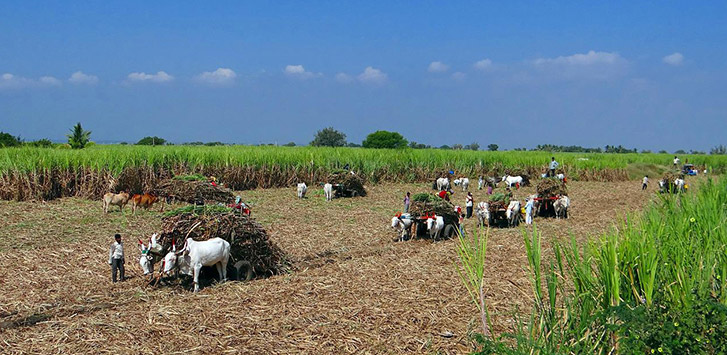
However, a blight of coffee rust severely affected both Sri Lanka and India’s coffee production during the early 20th century and saw Indian coffee plantations and farmers begin to diversify their crops with the introduction of the heartier robusta bean variety alongside the arabica beans grown.
Continued exportation of the crop to the world and other British colonial holdings continued to occur, but by 1942 the Coffee Board of India was established to further establish self-control over the crop as the rise of Indian nationalism occurred. By 1947 the British Empire withdrew its colonial possession of the area and the partition of India into two separate nations the Republic of India and the Republic of Pakistan occurred shortly after.
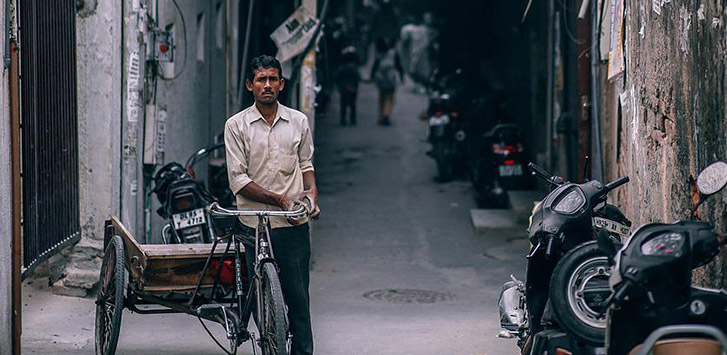
While popular in the UK and Europe before WW2, the collapse of the European continent in the aftermath of the war saw the coffee bean recede from the European market, and coffee production in India reverted to growing and selling for the country’s coffee drinkers, most notable being the worker co-operative run Indian Coffee House which its cafes and shops were places of political meetings during British rule in the ‘30s and 40s.
While larger commercial markets were not available for Indian coffee, growing the crop became exceedingly popular in the 1970s by small farmers and continues to remain this way into the present day.
Growing Regions
Indian coffee is grown only in three specific states that are in the south of the country; Karnataka, Kerala, and Tamil Nadu. Out of all three states, Karnataka accounts for around 70% of the coffee grown in India. Each of these states inhabits a mountain range called the Western Ghat which allows for ideal weather conditions to grow coffee.
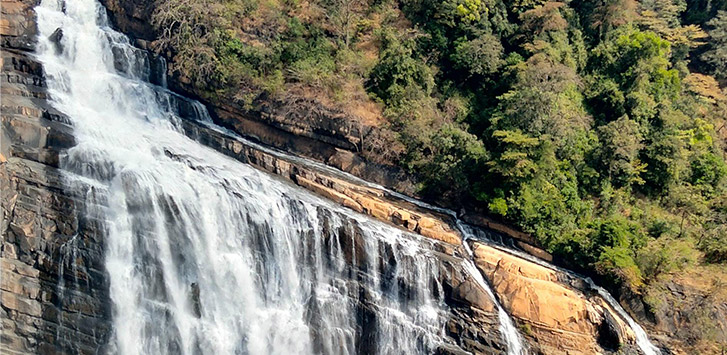
These regions are especially great for coffee growing given their seasonal monsoon rains, which has led Indian coffee to sometimes be called “Indian monsoon coffee”. Even more interesting, is that within these growing regions, the coffee is shade-grown and often planted alongside plants like cinnamon, clove, or nutmeg which can infuse the beans with an aromatic flavor.
All Indian coffee is shade-grown, under natural forest trees like teak, rosewood, silver oak, and jackfruit. This gives them protection from extensive daylight exposure, plus provides sanctuary for animals.
Coffee cherries are hand-picked under these canopies to ensure India's beans are picked at the peak of flavor.
Roasting Suggestions
Our customers have said they fall in love with our selections at or around the second crack in the roasting process. This occurs between the coffee bean has reached a medium to medium-dark roast. We’ve also been told and found that our selections round out regular coffee or espresso blends too, our Monsooned Malabar has been a fan favorite for this purpose.
We also suggest roasting and then waiting for a week to let the flavor bloom and develop more clearly, our valved bags for storage can help keep your beans fresh while allowing the carbon dioxide to escape and your roasted coffee to fully degas before brewing.
Flavor Profile
Typically, Indian coffee beans have been said to have similar flavor profiles to Sumatran or Sulawesi coffee beans given their nearly identical growing conditions and heavy rainy seasons.
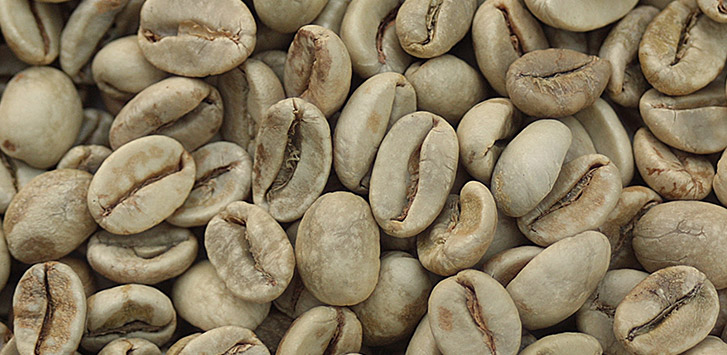
Fun Fact: Monsoon Malabar is so light and large in size that only 50kg fits in a 60kg bag from origin. That's why we stock unique packaging sizes in this coffee variety.
These dry processed beans are exposed to moisture-laden monsoon winds from the Arabian Sea. Over the course of this 12-16 week process, the beans absorb moisture in stages, swell to nearly double their original size, and develop colors ranging from pale gold to light brown.
The end result is a unique, large bean with notes of black pepper, baker's chocolate, smokey tobacco & wood notes with medium body and medium acidity.
Perfect for French Press, the Monsooned Malabar also adds crema to your espresso.
Mysore Extra Bold Nuggets
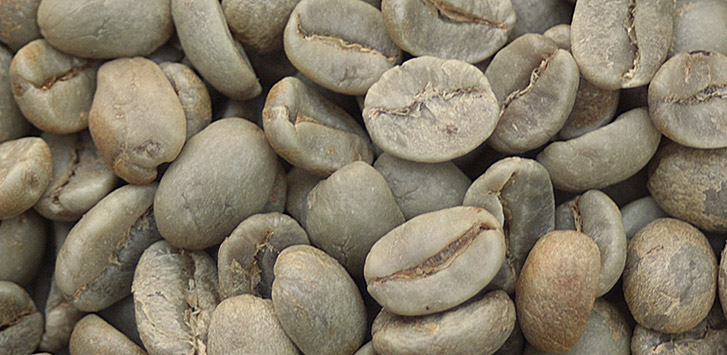
"Mysore" is a traditional name for coffees from South-Central India, "Extra Bold" indicates the large size, and "Nuggets" suggest their valuable nature - like Gold.
They may have a mouthful for a name, but these beans are the best of the best Indian coffees you can have. They're 90% larger than the 7.55mm size standard and they tolerate no defects: no peaberries, broken bits, black beans, or extraneous matter.
Uniquely, these are washed, not monsooned. They're marked by intense flavor and rich finish of the final cup. Roasted at Full Medium, they cup with notes of caramel and creamy dark chocolate.
Brewing Suggestions
Due to how Indian coffee beans shine at medium to medium-dark roast, we suggest showing off their rich flavors and texture with either a French press or espresso.
Indian Filter Coffee
We can’t leave you with a little coffee recipe. While India is a big country with over 1 billion people, there is a coffee drink that can be found in the southern regions where coffee growing is plentiful. Simply called Indian Filtered Coffee in English-speaking nations, the drink has many names in India; madras filter coffee, Mylapore filter coffee, Mysore filter coffee, or just Kaapi.
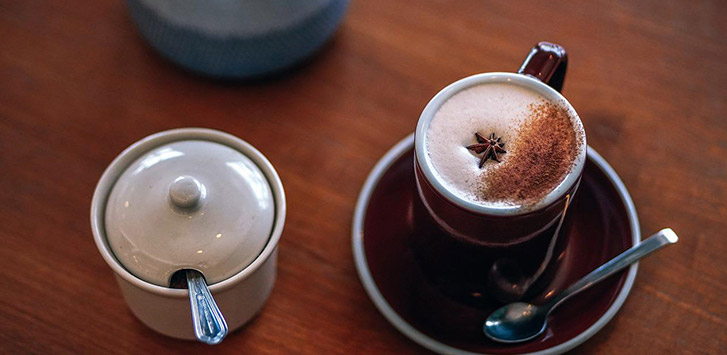
It is made using a special brewer that is like a cross between an espresso, and Aeropress, and pour-over. The item doesn’t have a particular name but can be found on Amazon and other similar websites.
The ground coffee is tamped down into a puck (similar to an espresso shot) that sits in the small cup with a filter at the bottom. This small cup is then enclosed in a larger cylinder to which hot, boiling water is poured over the coffee grounds and the coffee is allowed to extract.
Street vendors take this brewing process a step further by adding the coffee to a cup of hot milk and the desired amount of sugar. The concoction is then poured back and forth in long, arcing motions between vessels called davarah until properly combined and at a cooler temperature.
Conclusion
Indian coffee beans' complex flavor profile has made it a sleeper hit amongst our customers, with its unique washing method giving it additional depth of flavor that rivals fan favorites like Costa Rican or Ethiopian coffees. If you’ve overlooked this humble bean, try roasting a batch and see for yourself what you’ve been missing.